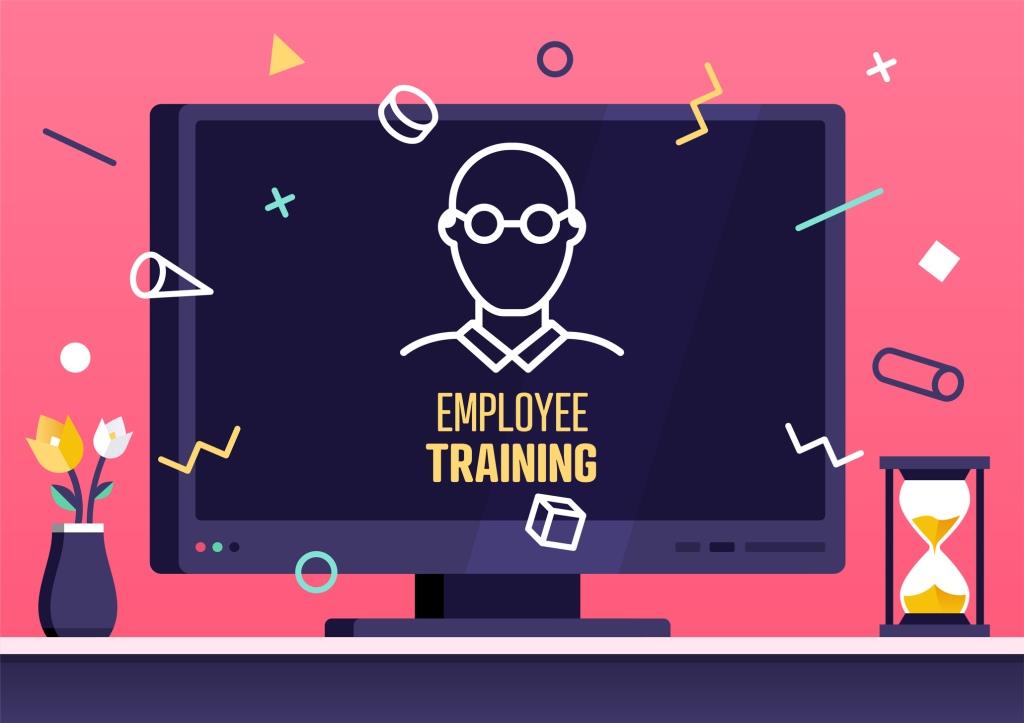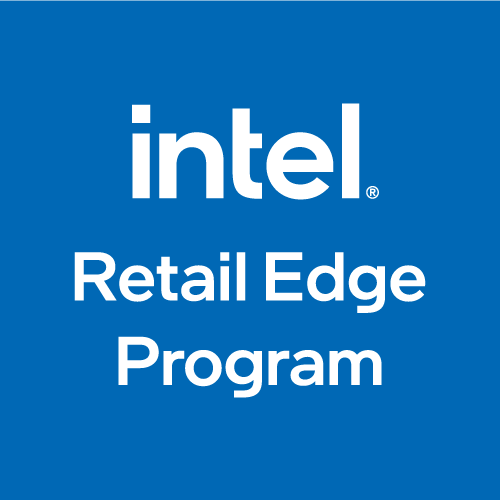1/19/21

Take a look at the 10+ core components that we’ve incorporated into the Intel® Retail Edge Program to make retail sales associate engagement successful.
In any project, plan, or endeavor a company takes on, there should always be well-defined goals and objectives. The same applies to online training and learning programs. To facilitate engagement, defining your goals and objectives is critical to reaching them.
Goals and objectives should be clearly defined, fully understood, written down, and communicated to those involved.
When thinking about goals, it is essential to consider the stretch goal. We refer to this as the Big Hairy Audacious Goal or BHAG, a concept developed by Jim Collins in his book, Built to Last. It is the harder-to-reach, more complex outcome that you want to achieve ultimately. It is a more inspirational goal beyond the initial goal.
What is your BHAG for getting your associates trained on the products they sell?
To drive engagement, you must understand what parts of your training efforts work and which ones need tweaking. What behaviors are you hoping to see come out of the training program? The objectives set to reach your goals, the changes in behavior you want to achieve; all of these must be measurable.
Put metrics and key performance indicators (KPIs) in place to measure progress. Take advantage of real data to confirm you’re on the right track to reach your goals or make any adjustments needed to drive engagement and ensure success.
While we need to understand our own company goals, it is also essential to understand what’s important to the management behind our audience and consider their chain of command. Who is responsible for the associates? What do they want and expect? Strive to fully understand and address the pain points and goals of the sales associates’ management.
To do this, define the management’s KPIs clearly. What are managers using to measure success? What are their desires, needs, and wants within the training program?
When you address management’s needs, desires, and wants, you get greater buy-in to what you are trying to do.
The next step is to understand the audience thoroughly. This is done by not only listening but also by defining where the audience comes from.
Are participants coming from the same organization or multiple organizations? What do they share in common, and what’s unique about them?
Once the audience is defined, then take steps to understand and know them fully. Conduct surveys to gather insight or look at online forums and message boards where your audience spends time. Review and consider the conversations they are having there.
The goal is to get to know what the audience is passionate about and their pain points.
In some situations, you may consider participation incentives. If participants’ companies allow it, incentives can significantly help drive the engagement of the audience.
For example, incentives are helpful when those in the training program are not being paid by their company to participate but are doing so on their own time.
Sometimes, however, not all organizations allow incentives. So, it’s important to learn if they are allowed before moving forward in creating a plan that includes incentives.
This becomes especially true when you have an audience from numerous organizations. What types of incentives are allowed across all of these organizations?
If incentives are allowed, define them clearly. Incentives can include a wide range of components, both virtual and material. Examples include:
Sometimes, awarding a status level can be enough to encourage associates to participate in the training program. If establishing status levels, recognize participants for their engagement. This helps encourage them to attain new status levels.
Gamification is an excellent option, and, when possible, this should be the go-to solution. It is the element most likely to get participant buy-in. It also makes it easier to keep associates interested.
One of the keys to successful engagement is using a platform designed to promote better communication. While that may sound simple enough, not all platforms are set up to facilitate this.
The best training programs allow audience segmentation. With segmentation, communication with different groups is more effective and efficient and allows for creating the best Calls-To-Action.
Segmentation is key to positive and successful communications across your audiences.
How people are spoken to has a direct impact on audience engagement. It is helpful to create a communications hierarchy to define this. Then, establish a messaging construct.
We often refer to this hierarchy as the “me, my, my” construct. From their perspective, any messaging should address:
This type of messaging delivery, along with strong Calls-To-Action, are excellent methods of driving audience engagement.
There should be no element of drudgery in any eLearning environment. You want to interject the element of fun. Bob Pike, a master in adult learning and the designer of participant-centered training, says it best. In his book, Pike’s Five Laws of Adult Learning, Law #3 states, “Learning is directly proportional to the amount of fun you have.
Training content should be fun, interactive, interesting, and attention-grabbing.
Another way to eliminate drudgery and drive engagement is to be respectful of the participant’s time. Associates want to know that you understand that their time is valuable. They want to be sure that training will not be overly time-consuming—or boring.
Incorporating meaningful and fun promotional components is another method that helps drive engagement and increase sales associate participation. There are plenty of options here. One example that has proven to be successful in our Program is the use of electronic scratch cards (or printed scratch cards) that include a strong Call-To-Action once scratched.
The use of promotional pieces like this – whether they include flashcards, trading cards, or handouts – promotes interaction with the training program and delivers key messaging that hits home with associates.
It is always important to have a team atmosphere. One way to do this is to have a participant referral program.
For example, can an associate refer a person on their team, and if they do, can both parties be rewarded for taking some specific action? Consider ways to recognize both people once the person who was referred signs up.
Here are a few additional recommendations that can make a big difference in audience engagement.
Short-Term/Long-Term: When creating a strategy for engagement, identify tactics that work for both short-term bursts of engagement and for the long-term. An example here includes sales cycles in retail where you pull out all the stops during peak seasons to drive high levels of engagement to get salespeople excited, knowledgeable, and ready to sell.
More Than One: Don’t feel limited to a single strategy but instead have a treasure trove of engagement opportunities and methods.
Don’t Wear Out Successful Tactics: When it comes to engaging associates, you also don’t want to wear out useful engagement methods and promotional components. There may be times where the participants get tired of it. Use each promotion for a limited time and then make a switch to something new.
In our experience, taking these steps has helped to drive engagement in the Intel® Retail Edge Program while allowing participants and their management to see value in what we provide.
Find out more about the Intel® Retail Edge Program and how we can help your sales team stay up to date on the latest Intel® products and technologies for sale in your stores.
This article originally appeared here on the eLearning Industry website.
Notices and Disclaimers
© Intel Corporation. Intel, the Intel logo, and other Intel marks are trademarks of Intel Corporation or its subsidiaries.
Other names and brands may be claimed as the property of others.
